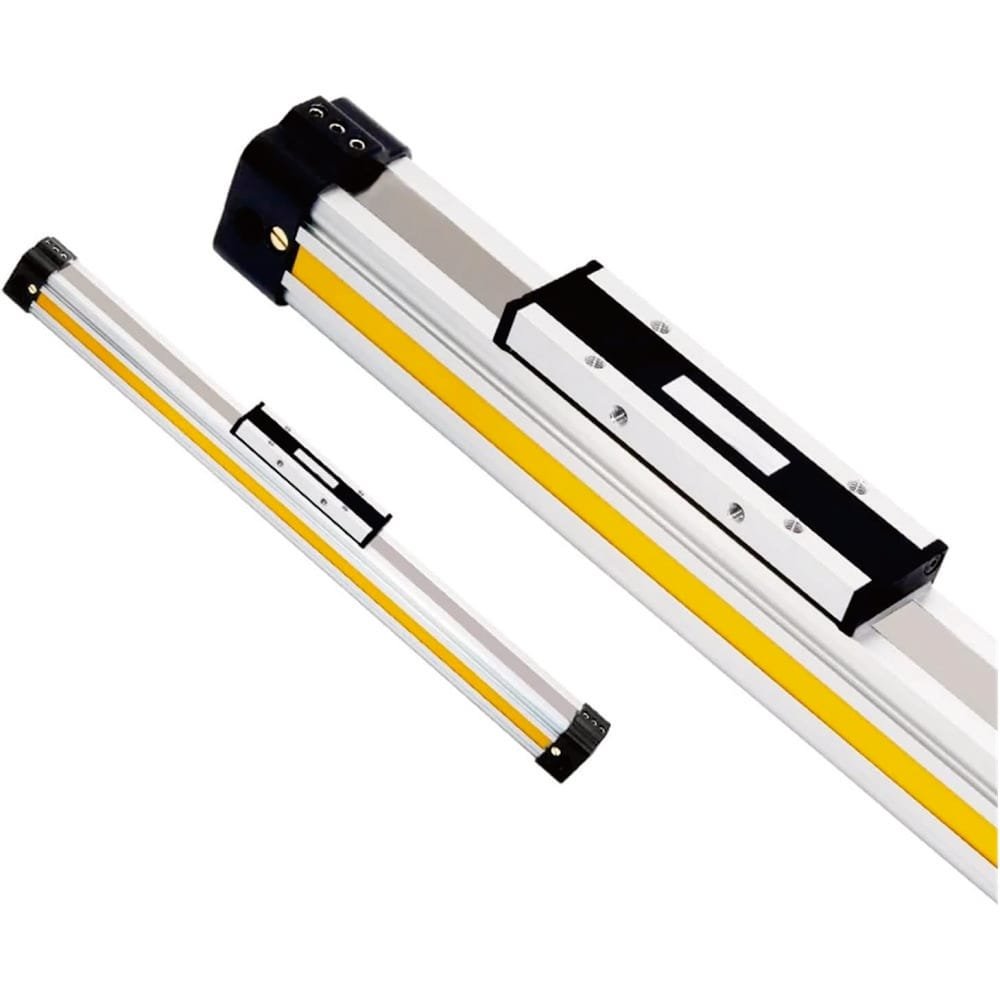When your production line suddenly experiences pressure drops and inconsistent performance, the culprit might be hiding in plain sight – improper valve sizing based on flow characteristics. This costly oversight can lead to system failures, energy waste, and unexpected downtime that nobody wants to deal with. 😰
Understanding flow patterns is crucial for proper valve sizing: turbulent flow requires larger valve openings due to higher pressure losses, while laminar flow allows for more precise control with smaller valve sizes, directly impacting your pneumatic system’s efficiency and cost-effectiveness.
I recently worked with David, a maintenance engineer from a manufacturing plant in Michigan, who was struggling with erratic actuator performance. His team had been sizing valves based on flow rate alone, completely ignoring whether their system operated in turbulent or laminar conditions – a mistake that was costing them thousands in energy bills.
Table of Contents
- What Determines Whether Flow is Turbulent or Laminar in Pneumatic Systems?
- How Does Flow Type Affect Valve Pressure Drop Calculations?
- Why Do Turbulent and Laminar Flows Require Different Valve Sizing Approaches?
- What Are the Cost Implications of Incorrect Flow-Based Valve Sizing?
What Determines Whether Flow is Turbulent or Laminar in Pneumatic Systems?
The distinction between these flow types isn’t just academic – it’s the foundation of smart valve selection. 🔬
Flow type is determined by Reynolds number1: laminar flow occurs below Re=2300, turbulent flow above Re=4000, with a transition zone between these values where flow characteristics become unpredictable.
Understanding Reynolds Number in Practice
The Reynolds number calculation involves fluid velocity, pipe diameter, density, and viscosity. In pneumatic systems, we typically see:
| Flow Type | Reynolds Number | Characteristics | Common Applications |
|---|---|---|---|
| Laminar | < 2,300 | Smooth, predictable | Precision control, small bore cylinders |
| Transition | 2,300-4,000 | Unstable, mixed | Avoid this range when possible |
| Turbulent | > 4,000 | Chaotic, high energy loss | High-speed actuators, large systems |
Practical Flow Identification
Most industrial pneumatic systems operate in turbulent flow due to high velocities and large pipe diameters. However, precision applications like those using our rodless cylinders often benefit from laminar flow conditions for smoother operation.
How Does Flow Type Affect Valve Pressure Drop Calculations?
Here’s where many engineers make costly mistakes – using the wrong pressure drop formula. ⚠️
Laminar flow pressure drop increases linearly with flow rate, while turbulent flow pressure drop increases with the square of flow rate, requiring completely different valve sizing calculations and safety factors.
Pressure Drop Formulas
For laminar flow, we use the Hagen-Poiseuille equation2, while turbulent flow requires the Darcy-Weisbach equation3 with friction factors. The difference is dramatic:
- Laminar: ΔP ∝ Q (linear relationship)
- Turbulent: ΔP ∝ Q² (quadratic relationship)
This means doubling the flow rate in turbulent conditions quadruples the pressure drop – a critical factor when sizing valves for our pneumatic systems.
Why Do Turbulent and Laminar Flows Require Different Valve Sizing Approaches?
The sizing methodology changes completely based on flow characteristics, and getting this wrong is expensive. 💰
Turbulent flow requires oversized valves to compensate for higher pressure losses and flow instabilities, while laminar flow allows for precise valve sizing with minimal safety factors, optimizing both performance and cost.
Valve Sizing Strategies
For Laminar Flow Systems:
- Use precise Cv calculations
- Minimal oversizing (10-15% safety factor)
- Focus on control accuracy
- Consider valve authority carefully
For Turbulent Flow Systems:
- Account for friction losses
- Higher safety factors (25-50%)
- Consider noise and vibration
- Plan for pressure recovery
Sarah, who runs a packaging equipment company in Ohio, learned this the hard way. She was oversizing all her valves by 50%, thinking bigger was always better. After we analyzed her system’s flow patterns, we right-sized her valves based on actual flow conditions, reducing her component costs by 30% while improving system response time.
What Are the Cost Implications of Incorrect Flow-Based Valve Sizing?
The financial impact extends far beyond the initial valve purchase price. 📊
Incorrect valve sizing based on flow type can increase energy costs by 20-40%, reduce system lifespan, cause premature component failure, and lead to production downtime that costs thousands per hour.
Cost Breakdown Analysis
| Issue | Oversized Valves | Undersized Valves |
|---|---|---|
| Energy Cost | +25% due to poor control | +40% due to pressure losses |
| Component Life | Reduced due to cavitation | Severely reduced due to high velocities |
| Maintenance | Frequent adjustments needed | Frequent replacements required |
| Downtime Risk | Medium (control issues) | High (system failures) |
At Bepto, we’ve seen clients reduce their total cost of ownership by 35% simply by implementing proper flow-based valve sizing. Our rodless cylinder systems particularly benefit from this approach since they often operate in the laminar-to-turbulent transition zone.
Conclusion
Understanding the fundamental differences between turbulent and laminar flow is essential for cost-effective valve sizing that ensures optimal pneumatic system performance and longevity. 🎯
FAQs About Flow-Based Valve Sizing
Q: How do I determine if my pneumatic system has turbulent or laminar flow?
Calculate the Reynolds number using your system’s flow velocity, pipe diameter, and air properties – values above 4,000 indicate turbulent flow.
Q: Can I use the same valve for both flow types?
While possible, it’s not optimal – valves should be sized specifically for your system’s predominant flow characteristics for best performance and efficiency.
Q: What’s the biggest mistake in flow-based valve sizing?
Using turbulent flow calculations for laminar systems (or vice versa) leads to either oversized, expensive valves or undersized valves that cause system failures.
Q: How often should I reassess my valve sizing?
Review valve sizing whenever you modify system pressure, flow rates, or add new components – flow characteristics can change significantly with system modifications.
Q: Do Bepto pneumatic components work better with specific flow types?
Our rodless cylinders are optimized for both flow conditions, but we provide specific sizing guidelines based on your system’s Reynolds number to ensure optimal performance and longevity.




